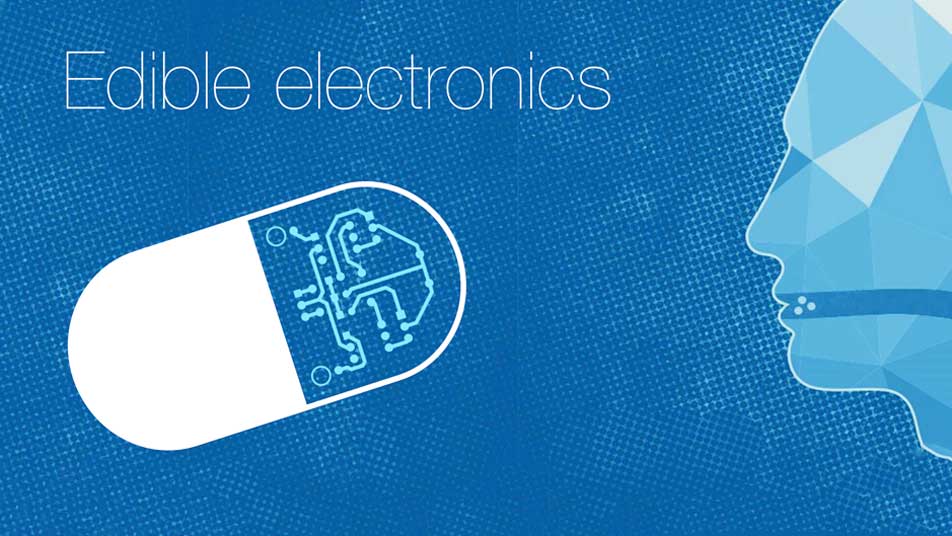A Breakthrough in Non-Toxic Edible Batteries

“We can now use melanin pigments as components for ingestible batteries,” said Christopher Bettinger, an associate professor of materials science at Carnegie Mellon University recently.
This allows medical scientists to move beyond similar toxic lithium versions (that have been around for ages) that powered, for example, small devices that take pictures as it moves through the gastrointestinal tract.
The edible batteries are built using non-toxic materials found in the body. Melanin, for instance, can bind and unbind ions just like a battery does.
“One of the most promising areas of use is targeted drug delivery, which could release medicine wherever it is absorbed most effectively.”
According to Newsweek, another use might be to add sensors to determine what kind of bacteria are in different parts of a patient’s gut, which might play a role in issues like obesity, diabetes and inflammatory bowel disease.
Listen to scientists describe this new technology on The Patent Professor website which features a video explaining the new technology.
https://www.medicaldevicepatentattorneys.com/2016/11/a-breakthrough-in-non-toxic-edible-batteries/trackback/
